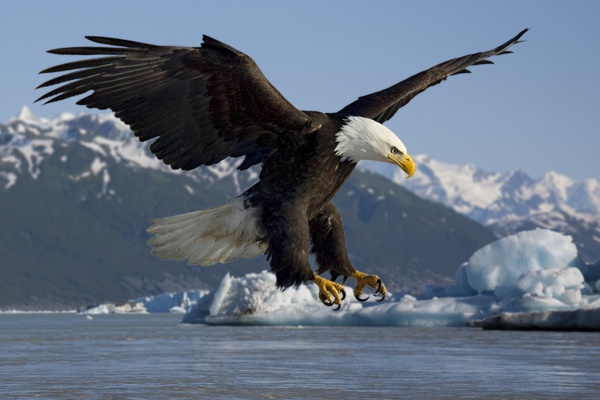Facts About Bald eagle
The bald eagle is a majestic bird of prey native to North America, easily recognizable by its striking white head and tail feathers. These raptors prefer living near large bodies of water where they can find plenty of fish to catch with their sharp talons. They also need old-growth trees for nesting, constructing some of the largest nests among North American birds—some of which can be as deep as 4 meters and as wide as 2.5 meters. Bald eagles reach sexual maturity between four and five years of age.
Interestingly, the bald eagle is the national bird of the United States and is prominently featured on the country's seal. However, the species faced significant challenges in the late 20th century due to habitat loss, illegal hunting, and the harmful effects of pesticides like DDT. Thanks to dedicated conservation efforts, including a ban on DDT and various protective laws, the bald eagle population has made a remarkable comeback. In 1995, it was moved from the endangered species list to the threatened species list, and by 2007, it was completely removed from the list.
The bald eagle also holds a special place in Native American culture, where it is considered sacred and plays a significant role in various ceremonies. For many tribes, the bald eagle symbolizes protection, peace, and fertility and is an integral part of their spiritual practices.
In the United States, the bald eagle is a powerful symbol of national pride and strength. It appears on the Great Seal of the United States and is featured on numerous official emblems, seals, logos, coins, and stamps.
The story of the bald eagle's recovery from the brink of extinction to a thriving population is a testament to the success of conservation efforts. It serves as an important reminder of the need to protect wildlife and their habitats for future generations.

 Belize
Belize